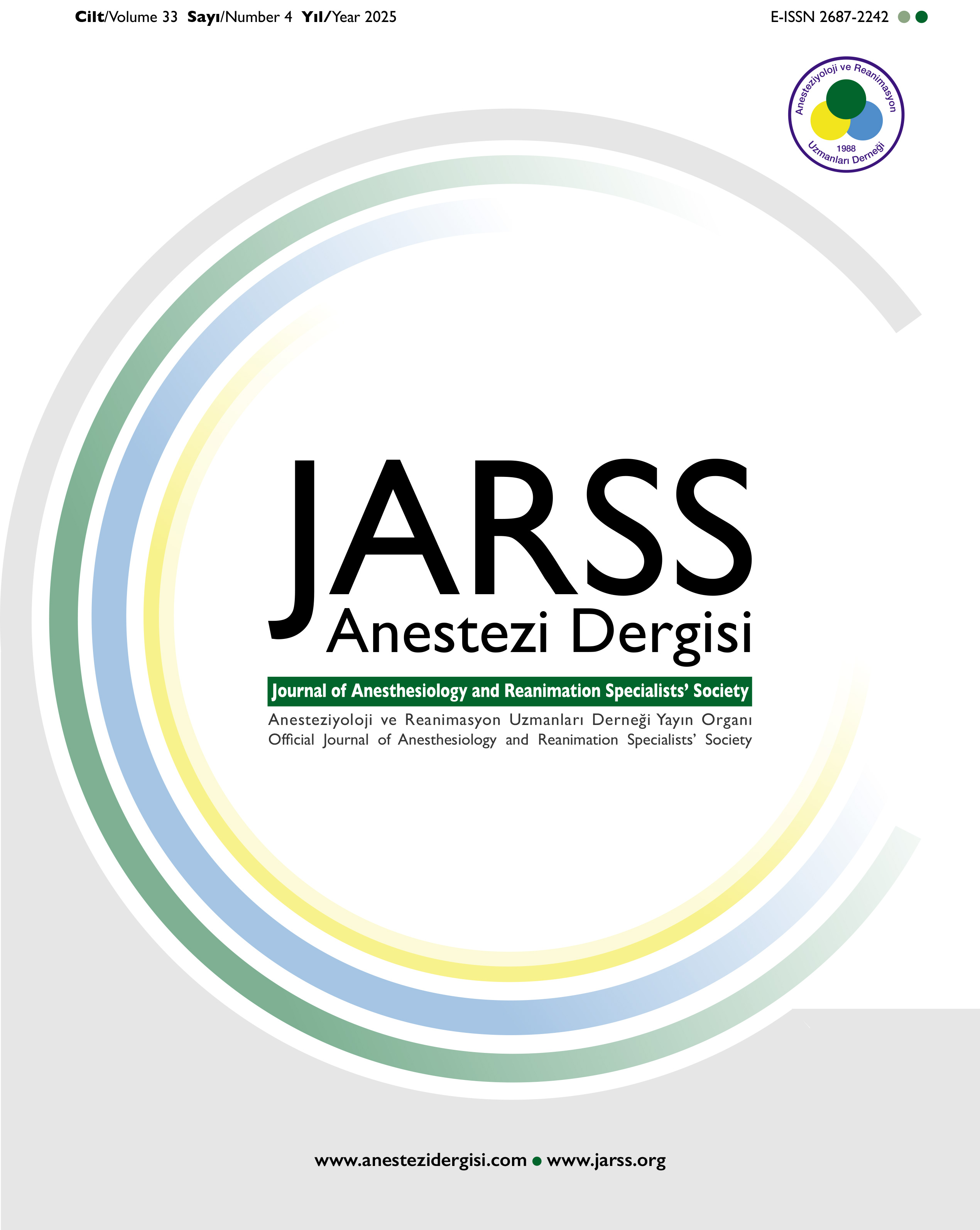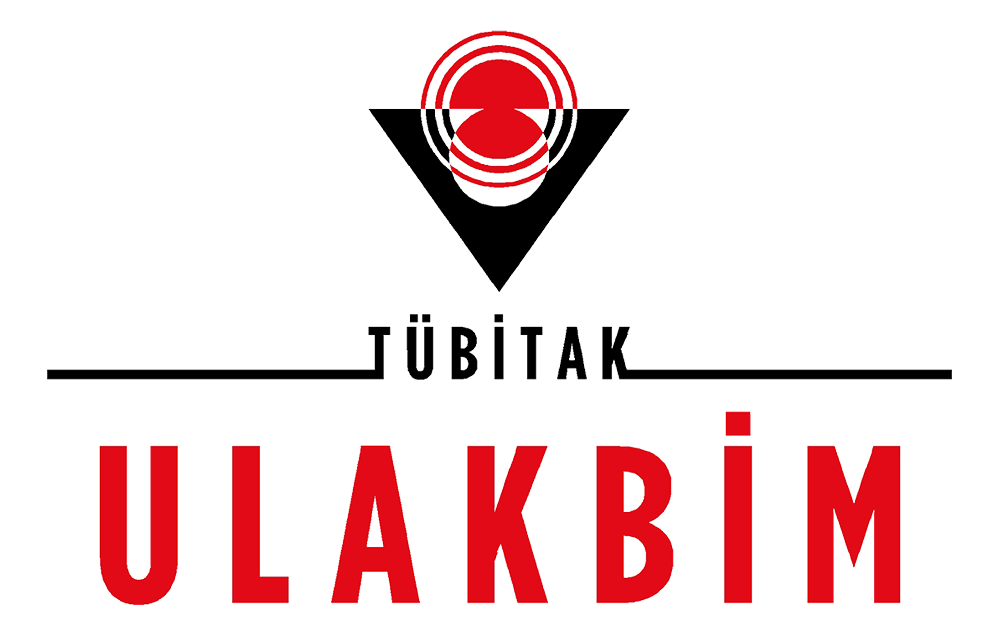Çocuklarda Ameliyat Öncesi Görsel-İşitsel Bilgilendirmenin Perioperatif Kaygı Üzerine Etkisi: Randomize Kontrollü Bir Çalışma
Gozde Celik1, Canan Balci21Malatya Eğitim ve Araştırma Hastanesi, Algoloji Kliniği, Malatya, Türkiye2Ümraniye Eğitim ve Araştıma Hastanesi, Anesteziyoloji ve Reanimasyon Kliniği, İstanbul, Türkiye
Amaç: Preoperatif anksiyete, cerrahi geçiren pediatrik hastalar arasında yaygın bir sorundur ve sıklıkla olumsuz psikolojik ve fizyolojik sonuçlara yol açabilir. Görsel-işitsel müdahaleler, anksiyetenin hafifletilmesi ve perioperatif deneyimlerin iyileştirilmesi konusunda önemli bir potansiyel göstermektedir.
Yöntem: Bu randomize kontrollü çalışmada, elektif günübirlik cerrahi planlanan 3-8 yaş arası 84 çocuk yer aldı. Katılımcılar iki gruba ayrıldı: kontrol grubu (görsel-işitsel müdahale yapılmadı) ve video grubu (anestezi hakkında bilgilendirici animasyon izletildi). Preoperatif ve postoperatif anksiyete düzeyleri, anestezi maskesi uyumu ve ebeveyn memnuniyeti geçerli ölçekler kullanılarak değerlendirildi.
Bulgular: Video grubunda, kontrol grubuna kıyasla anlamlı derecede daha düşük preoperatif anksiyete skorları, anestezi indüksiyonu sırasında daha iyi uyum ve daha yüksek ebeveyn memnuniyeti gözlendi (p<0,05). Ancak, gruplar arasında postoperatif iyileşme, ajitasyon veya ağrı skorları açısından anlamlı bir fark bulunmadı.
Sonuç: Preoperatif görsel-işitsel eğitim, cerrahi geçiren pediatrik hastalarda anksiyeteyi azaltmak ve ebeveyn memnuniyetini artırmak için etkili ve invazif olmayan bir yöntemdir. Uzun vadeli psikolojik etkilerini ve rutin klinik uygulamalara entegrasyonunu araştırmak için daha fazla çalışmaya ihtiyaç vardır.
Effect of Preoperative Audiovisual Information on Perioperative Anxiety in Children: A Randomized Controlled Trial
Gozde Celik1, Canan Balci21Malatya Education and Research Hospital, Clinic of Pain Medicine, Malatya, Türkiye2Umraniye Training and Research Hospital, Clinic of Anesthesiology and Reanimation, İstanbul, Türkiye
Objective: Preoperative anxiety is a prevalent concern among pediatric patients undergoing surgery, often resulting in adverse psychological and physiological outcomes. Audiovisual interventions have demonstrated considerable potential in alleviating anxiety and enhancing perioperative experiences.
Methods: This randomized controlled trial included 84 children aged 3–8 years scheduled for elective day surgery. Participants were divided into two groups: the control group (no audiovisual intervention) and the video group (informative animation about anesthesia). Preoperative and postoperative anxiety levels, anesthesia mask compliance, and parental satisfaction were assessed using validated scales.
Results: The video group demonstrated significantly lower preoperative anxiety scores, improved compliance during anesthesia induction, and higher parental satisfaction compared with the control group (p<0.05). However, no significant differences were observed between the groups regarding postoperative recovery, agitation, or pain scores.
Conclusion: Preoperative audiovisual education is an effective, non-invasive method to reduce anxiety and enhance parental satisfaction in pediatric patients undergoing surgery. Further research is needed to explore its long-term psychological effects and integration into routine clinical practice.
Makale Dili: İngilizce
(1178 kere indirildi)












